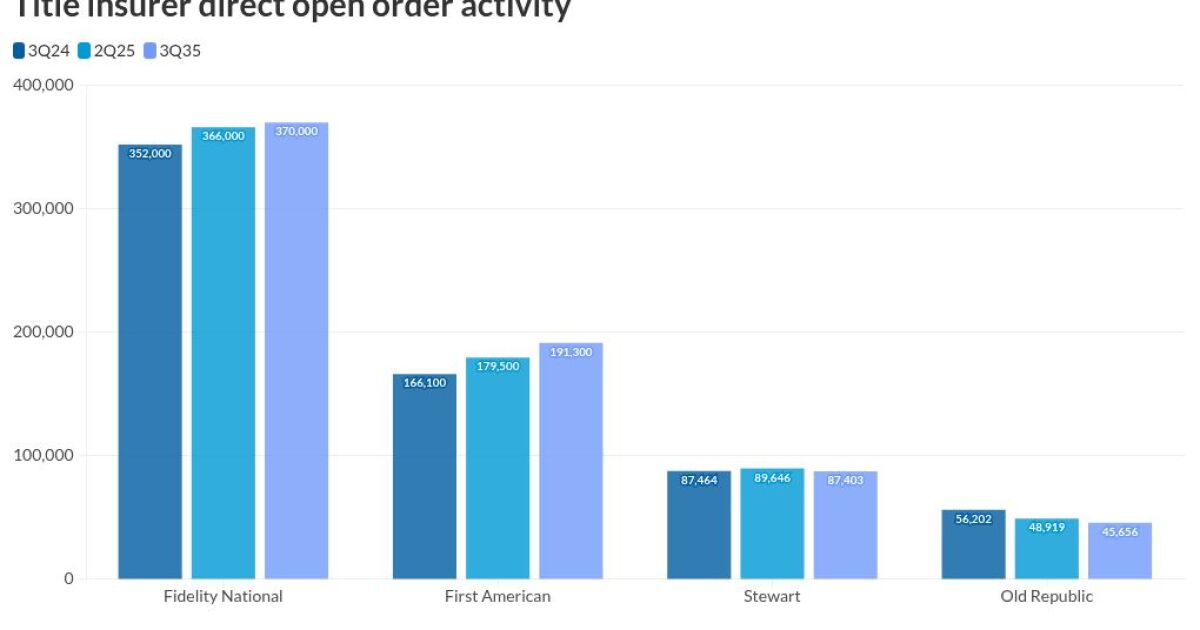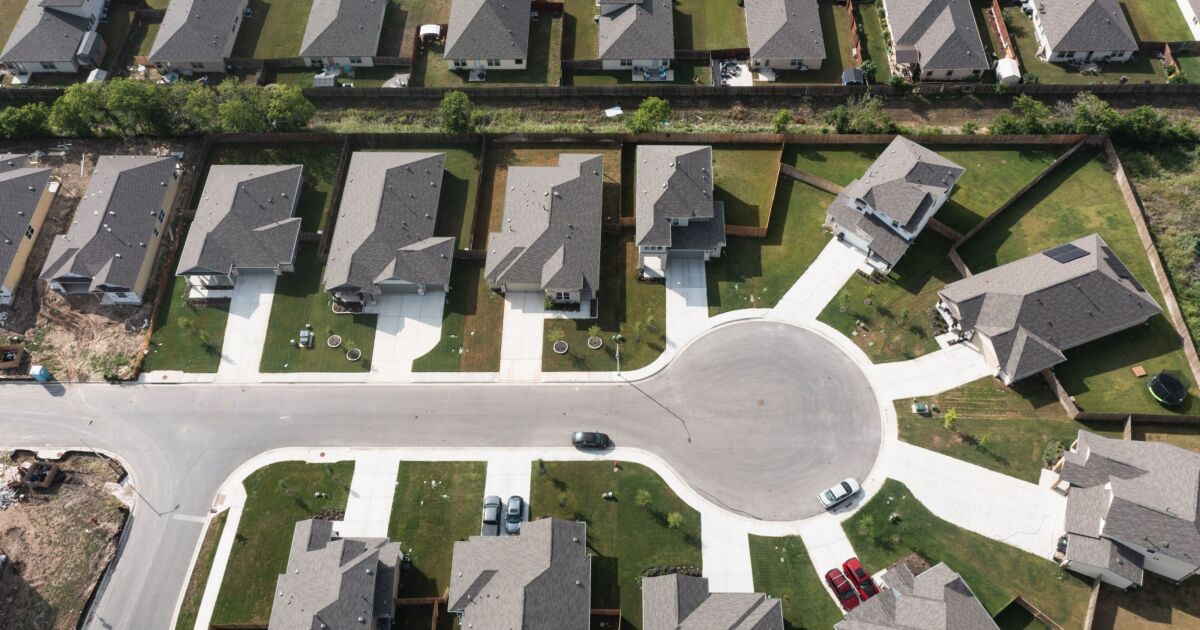
Credit-card delinquency rates have exceeded pre-pandemic levels, while the share of borrowers making only the minimum payment climbed above 10% for the first time since 2019, according to a Federal Reserve Bank of Philadelphia
Almost 3.2% of card balances were at least 30 days past due as of the end of September, the Philadelphia Fed said. That's the highest figure in more than a decade, and up by over 40 basis points from the previous quarter. The share of debts that are 60 and 90 days late also jumped.
Responding to the signs of "greater consumer fragility," banks are granting fewer credit-line increases and reducing limits more frequently, the Philadelphia Fed said. Its data covers loans by large banks with at least $100 billion of assets.
The numbers point to pressure on U.S. household finances, after a post-pandemic surge in the cost of living that wasn't always matched by higher incomes. About 10% of credit-card borrowers now have an account balance that exceeds $5,000, according to the Philadelphia Fed.
At the same time banks are cutting back borrowing limits, which means that consumers are tending to use more of their existing credit lines, the study found. Roughly one in 10 card-users has a balance that reaches 95% of their limit, and a similar share only makes the minimum payment every month — the most since 2019.
Amid record credit-card interest rates, revolving balances have also been increasing rapidly from their pandemic-era lows. In the third quarter of last year, such balances rose to more than $600 billion.
By contrast, Americans are doing better than ever at paying off their housing loans. After climbing during the pandemic as a result of government forbearance programs, mortgage delinquencies "improved to new historical lows in recent quarters," the Philadelphia Fed said.



